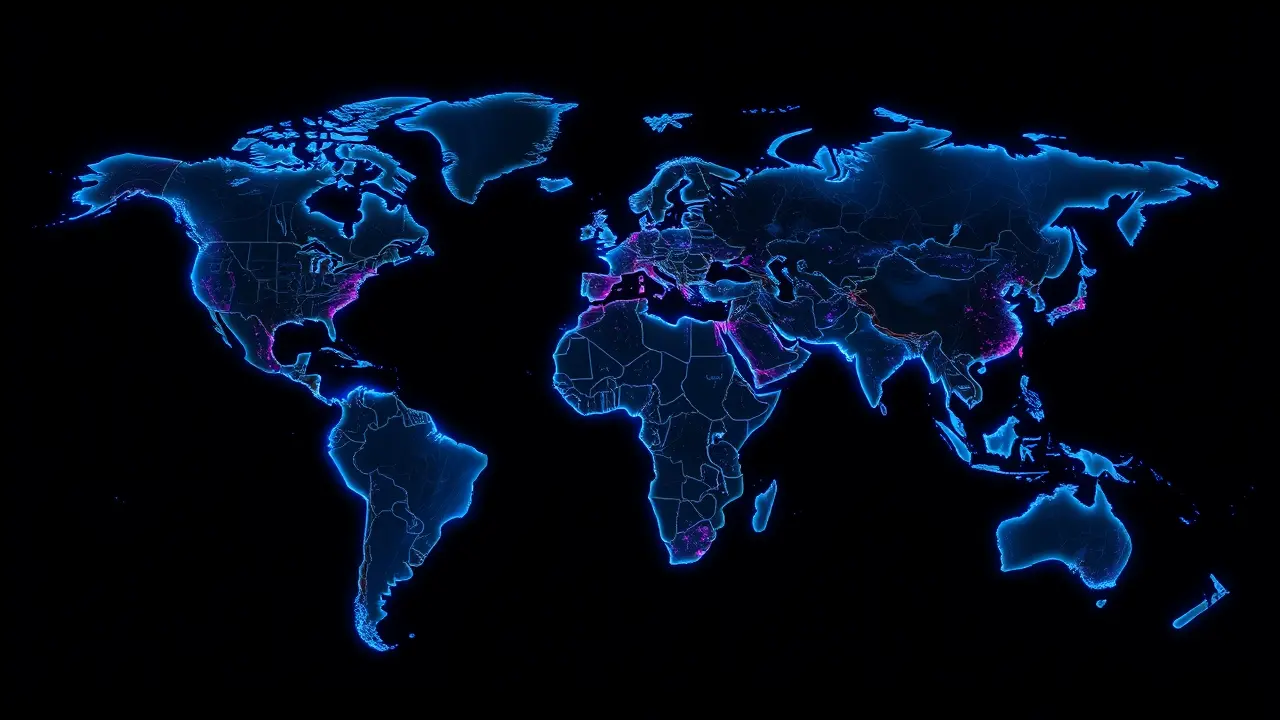
AIgenerative aiAI Tools and Startups
Google Maps Launches AI Tools for Interactive Projects
SO
Sophia King
7 hours ago7 min read1 comments
The digital cartography landscape is undergoing a quiet but profound revolution, one that feels less like a software update and more like the unlocking of a new creative medium. Google Maps, that ubiquitous digital companion we consult for everything from our morning commute to planning dream vacations, is shedding its passive skin.The debut of an AI agent capable of generating code to build interactive Maps projects is a seismic shift, transforming the platform from a mere utility into a vibrant, programmable canvas. For designers, urban planners, and storytellers, this isn't just a new feature; it's a palette of infinite colors.Imagine, with a few conversational prompts, stitching together a custom map that visualizes the migratory patterns of a favorite bird species, its flight paths painted across the continent in shimmering, animated trails. Or consider a local historian, no longer constrained by technical debt, who can now build an immersive tour of a city's lost architectural gems, overlaying historical photographs onto the modern street grid, creating a poignant dialogue between past and present.This move by Google is the logical next step in the democratization of complex technology, following the same beautiful arc we've seen with AI art generators like Midjourney and design tools like Figma. Where once you needed a team of dedicated software engineers to manipulate the Maps API, now a creative with a vision and the right vocabulary can orchestrate a spatial symphony.The implications ripple far beyond hobbyist projects. Small businesses can craft interactive delivery zone maps that feel alive, environmental agencies can visualize pollution data in real-time with heartbreaking clarity, and educators can build explorable, three-dimensional models of ancient civilizations for their students.This is where the soul of UX design meets the brute force of AI—the machine handles the tedious, repetitive code, while the human provides the narrative intent, the emotional core, the story that needs to be told. It’s a collaboration, a duet between human imagination and algorithmic precision.Of course, this newfound power comes with its own set of shadows. The ease of creation raises questions about data privacy, misinformation, and the potential for these bespoke maps to create personalized, persuasive realities.Yet, the overwhelming sensation is one of liberation. Google is handing us the brushes and the paint, inviting us to re-imagine the very maps we use to navigate our world, not just as tools for finding a route, but as dynamic, living stories waiting to be illustrated.
#Google Maps
#generative AI
#code generation
#interactive maps
#software development
#featured
#new features
Stay Informed. Act Smarter.
Get weekly highlights, major headlines, and expert insights — then put your knowledge to work in our live prediction markets.
Related News
© 2025 Outpoll Service LTD. All rights reserved.





